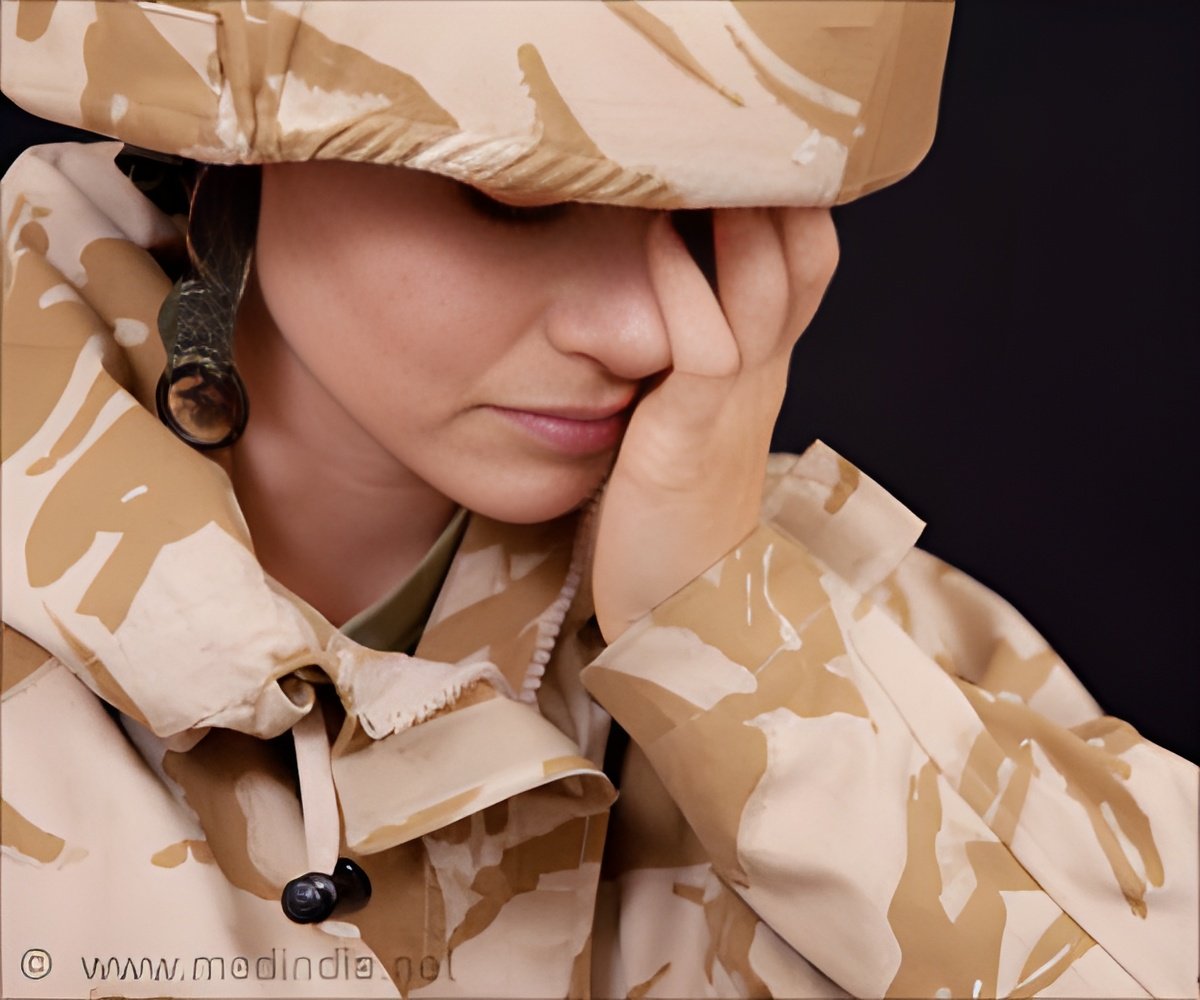
‘Scar tissue in specific locations of the cerebral cortex, which regulates emotional and cognitive functioning, may be found only in the case of blast-injury.’
Tweet it Now
However, the authors warn that the lack of information about the soldiers' medical histories means that more research is needed to better understand associations between brain damage and the development of neuropsychiatric symptoms reported by soldiers exposed to blast shockwaves from high explosives, such as grenades and mortars, and improvised explosive devices (IEDs)."Blast-related brain injuries are the signature injury of modern military conflicts", explains senior author Dr Daniel Perl from the Uniformed Services University of the Health Sciences, Maryland, USA. "Although routine imaging for blast-related traumatic brain injury often shows no brain abnormalities, soldiers frequently report debilitating neuropsychiatric symptoms such as headaches, sleep disturbance, memory problems, erratic behaviour and depression suggesting structural damage to the brain. Because the underlying pathophysiology is unknown, we have difficulty diagnosing and treating these 'invisible wounds'."
With more than 300,000 US service personnel deployed to conflicts in Afghanistan and Iraq sustaining at least one traumatic brain injury (TBI) caused by exposure to explosive blasts (ranging from mild concussion to memory and cognition problems), the long-term consequences of hidden brain injuries from explosive devices are a growing concern. Yet, very little is known about the underlying neuropathology of TBI.
Dr Perl and colleagues examined the brain tissues of eight deceased former military personnel who survived explosive attacks in combat but later died of other causes. In five male soldiers who survived more than 6 months after blast exposure, they found a distinctive, consistent, and unique pattern of prominent scarring in parts of the brain that are crucial for cognitive function, memory, sleep and other important functions. In case one, for example, scarring was seen in several structures associated with post-traumatic stress disorder (PTSD).
The brains of three male soldiers who died shortly after an explosive blast (4-60 days) showed a similar distinctive pattern of early scar formation in the same locations, further suggesting that this unique pattern may relate to the blast itself.
Advertisement
The study is a case series, meaning that the findings are descriptive and show differences between the brains of men exposed to blast injuries and those that weren't. With this methodology, it is not possible to discern whether the scars found in the brains of these soldiers were the direct consequence of the blast.
Advertisement
"This is one small study, with limitations", adds Dr Perl. "It is virtually impossible to obtain comprehensive head injury histories to rule out previous traumatic brain injury, or to get accurate data on injury severity such as the number of blast exposures, proximity to detonation, and power of explosion. As exposure to blast shockwaves increases among soldiers and civilians in war zones, we need to further study these patterns, and compare them with soldiers' medical history in order to build a better understanding of the neuropathology of traumatic brain injury."
Source-Newswise














